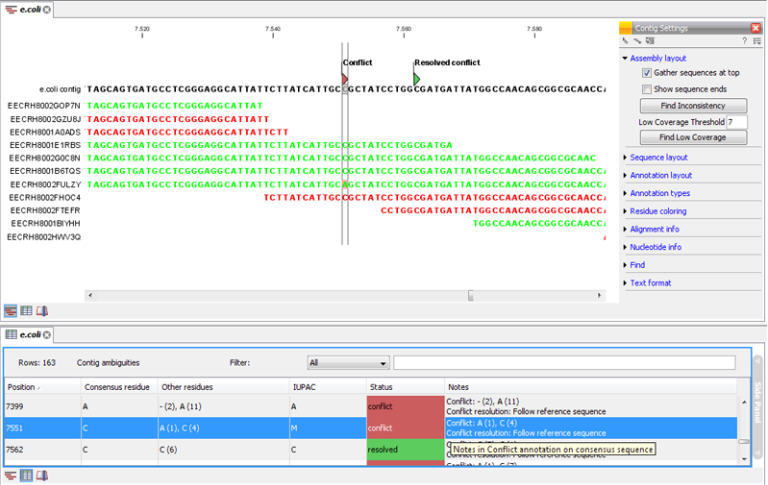
Transcripts produced by any of the mechanisms mentioned above might contribute to differences between tissues or cells by modifying protein structure and expression. A recent study indicated that alternative transcription start and termination sites, rather than AS, encompasses most of tissue-dependent exon usage.


The use of alternative transcriptional initiation and/or termination sites can produce diverse pre-mRNAs, which can further be subjected to AS yielding a broad array of mRNA isoforms that are derived from a single gene. Recent estimates indicate that in mammals, at least 70% of genes have multiple polyadenylation sites, > 50% of genes have alternative transcription start sites and nearly 95% of genes undergo alternative splicing (AS) yielding multiple messenger ribonucleic acid (mRNA) isoforms. A broader knowledge about the functional attributes of these mRNA variants would be fundamental to elucidate the consequences of transcript diversity on the determinism of porcine phenotypes of economic interest. The increased levels of specific ITGA5, LITAF, TIMP1 and ANXA2 mRNA isoforms in HIGH pigs is consistent with reports indicating that the overexpression of these four genes is associated with obesity and metabolic disorders in humans. Only five mRNA isoforms, produced by the ITGA5, SEMA4D, LITAF, TIMP1 and ANXA2 genes, remain significant after correction for multiple testing ( q-value < 0.05 and ☐.6 log 2fold-change), being upregulated in HIGH pigs. By using two different pipelines, one based on the CLC Genomics Workbench and another one on the STAR, RSEM and DESeq2 softwares, we have identified 10 mRNA isoforms that both pipelines categorize as differentially expressed in HIGH vs LOW pigs ( P-value < 0.01 and ☐.6 log 2fold-change). Our analysis revealed that 10.9% of genes expressed in the GM muscle generate alternative mRNA isoforms, with an average of 2.9 transcripts per gene. In the current work, we have investigated the differential expression of mRNA isoforms in the gluteus medius (GM) muscle of 52 Duroc HIGH (increased backfat thickness, intramuscular fat and saturated and monounsaturated fatty acids contents) and LOW pigs (opposite phenotype, with an increased polyunsaturated fatty acids content). So far, the majority of porcine transcriptomic studies have investigated differences in gene expression at a global scale rather than at the mRNA isoform level.

The identification of genes differentially expressed in the skeletal muscle of pigs displaying distinct growth and fatness profiles might contribute to identify the genetic factors that influence the phenotypic variation of such traits.


 0 kommentar(er)
0 kommentar(er)
